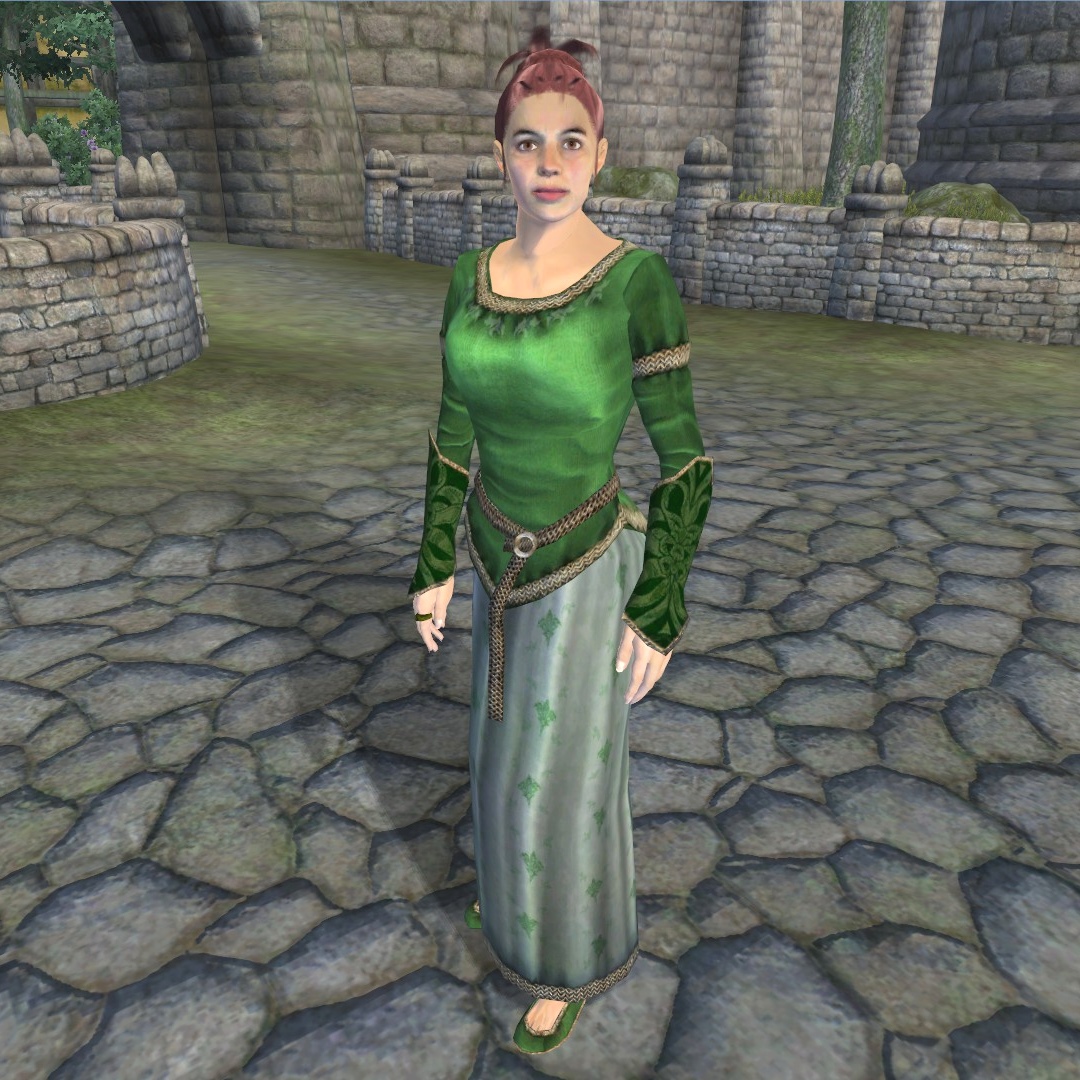
The Uncanny Valley is a robotics and CGI hypothesis, which states that when a humanoid object behaves almost, but not perfectly, like a human, human viewers will be repulsed by the object. This object is said to be in the Uncanny Valley, which describes the dip in the graph you see above.
Looking at the graph, you see two lines: One dotted, and one solid. The solid line represents non-moving objects; according to the graph humans generally feel less strongly about these than moving objects, represented by the dotted line. As these objects grow more and more human-like, the line slowly raises as humans become more sympathetic with them. Stuffed animals, at the peak of human familiarity while not particularly like a human, would receive sympathy when, say, thrown into a woodchipper. While possessing no sentience the toy is not located in the Uncanny Valley.
Objects that are about 75% human-like are responsible for a great dip in the graph. This dip, as mentioned before, is known as the Uncanny Valley in question. This is the driving force behind murdering sprees in, say, video games; the player holds no value to the NPCs he kills, so the bodies pile up. This is also why nobody would react to a Japanese near-perfect-human-replica robot being hit by a bus.
The Uncanny Valley hypothesis is very fascinating to me; it's like psychology and robotics are intertwined and wrestling with each other.
Possible "residents" of the Uncanny Valley(See if you sympathize with any of these!):





Note that this hypothesis does not hold true for some; many opinions and values vary greatly between persons.
TL;DR: The more human-like something is, the more we want it dead unless it's not a healthy human.